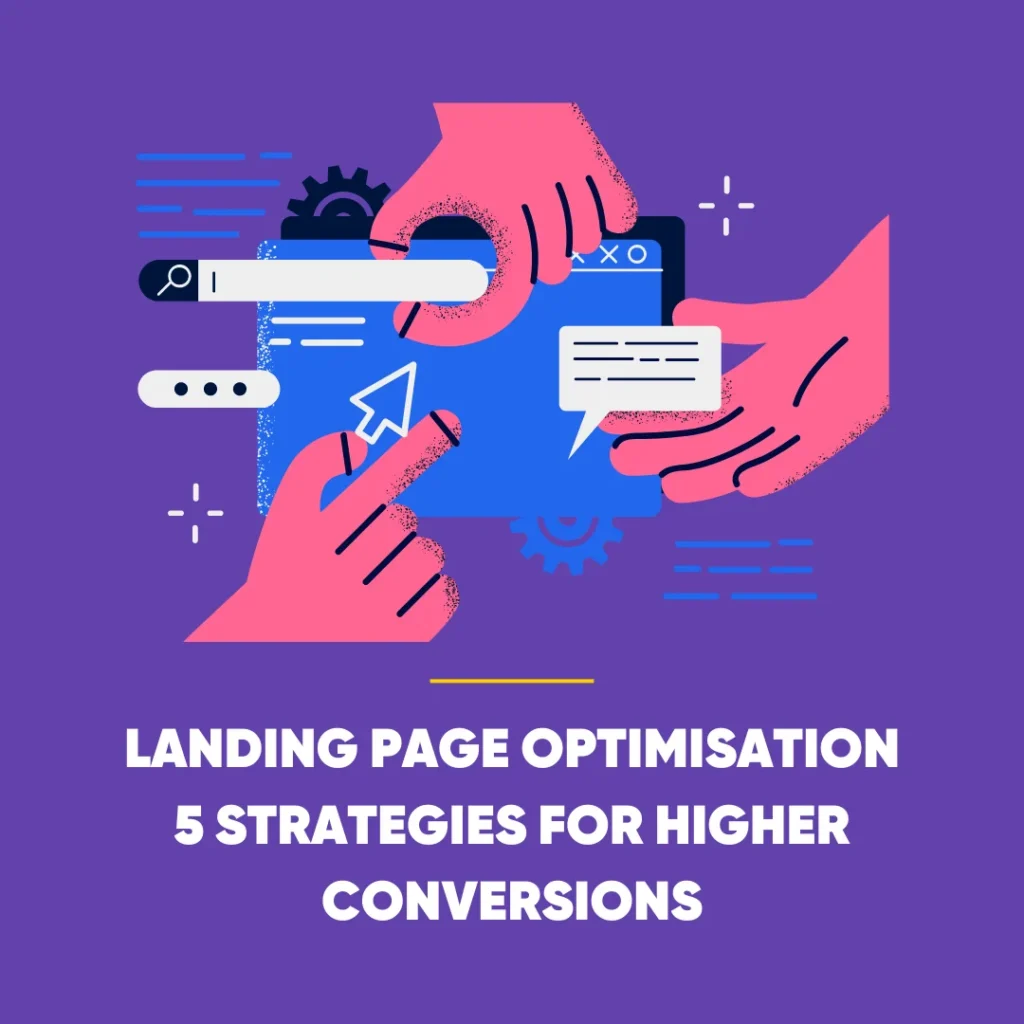Reaching customers is arguably the most difficult part of running a business. That’s where SEO copywriting comes in. If you’re wondering what it is and how it could help your business, we’ve written a simple guide of everything you need to know.
What is SEO copywriting?
You’ve probably heard of copywriting – the act of writing text that aims to increase brand awareness. But, what is ‘SEO’ copywriting? Well, it’s a specialised form of traditional copywriting that contains keywords or phrases. These specially selected words are those your target customer is likely to type into a search engine because they desire the service or product you are selling. Ultimately, keywords will enable your content to rank higher in search results. Sounds simple. Right?
Well, unfortunately, it’s not enough to just shove a bunch of keywords into your website content and hope it pays off. Your copy needs to be fine-tuned to the constantly changing search engine algorithms to ensure it ranks high on google. It also needs to be clearly written and enjoyable for your audience to read.
4 Steps to successful SEO copywriting
To better understand what SEO copywriting is and how to do it, we’ve broken the process down into steps.
Step 1: Keyword search
Before you start writing, carry out some keyword research. Begin by channelling your customer, and ask questions similar to these:
- What are people searching for?
- How many people are searching for it?
- How do they want their information presented to them?
A lot of people bypass this step because it seems like a lot of effort when you already know what content you want to write. But, it really does pay off. Putting time and effort into the planning means your content is more likely to satisfy both what you want to rank for and what your audience really wants to read.
Now that you’re inside the head of your audience it should be easier to create a list of keywords. You can also use tools such as wordtracker to help you decide on the best variations and combinations of these terms. You might then want to create a table of your keywords to summarise the information and order it according to some form of priority.
Still a little unclear on keyword research? Take a look at this helpful guide.
Step 2: Plan your writing
We know, we know… more planning. But, if you want the writing part to go smoothly, then this stage is essential. Again, begin by asking some questions similar to these:
- What is the purpose of what you’re writing?
Answering this question will help you decide how you are going to write the article. For example, is the purpose to amuse your reader? Inform them? Or, is it to persuade them to do something?
- What’s the key question you want your writing to answer?
Having this in mind will ensure your piece stays on track which is important because you want every word to count.
- What information is required for your piece?
You’ll need to make sure you adequately research the topic before you begin writing. Otherwise, you will risk running out of things to talk about or fail to answer the question your piece is intended to answer.
- How do you want to structure your article?
A clear structure gives you a better chance of ranking well on Google. Your target readers are more likely to grasp your main points, and there’s a higher chance of converting them into customers if they properly understand your message.
Step 3: Get writing!
Don’t let all of that planning and research go to waste, it’s time to get writing.
People often find it overwhelming to stare at a blank page, wondering where to begin. A good trick is to begin by mapping out the structure of your text, write your intro and conclusion, and then fill in the gaps. This way you’re breaking it down into manageable steps. Don’t worry about grammar and spelling, for now, you can perfect this in the final stage.
Step 4: Proofread and edit your text
With your SEO copy written, it’s time to make it perfect. In this final stage, you’ll want to remove sentences that are unclear or awkwardly written, correct any grammar or spelling errors and make sure your structure is well organised. It helps to pinpoint mistakes in this stage if you read slowly and outloud, you can also ask for feedback from someone else – a fresh pair of eyes will spot things that you’ve potentially missed.
The aim of the game is to increase your brand’s search engine visibility. Using the right keywords in your writing is bound to have customers stumble across your content. But, if you want to maximise your success, follow our step by step guide on how to write a great SEO article that will not only rank high but be an enjoyable read for your customers too.
Good Luck.
Byter Team.










